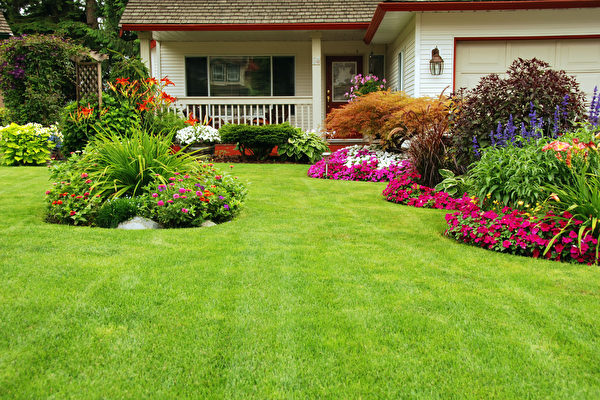If your garden or yard has a lawn, it needs regular watering and maintenance to keep it lush and green. If your lawn already has slippery moss that can cause accidents, you need to be careful when watering. A common mistake can lead to excessive moss growth on the lawn.
According to the UK’s Daily Mirror, gardening expert Chris Mcllroy pointed out that a common mistake in gardening can allow moss to take over the lawn or yard.
Mcllroy explained that moss thrives in moist and shaded areas. In fact, moss is often a sign of poor drainage. Areas with poor drainage are more prone to moss growth.
“Moss loves moisture, so be careful when watering the lawn to avoid waterlogging,” Mcllroy said.
He also advised, “Avoid watering the lawn in the evening when it’s cooler, as moisture may linger in the soil. If your lawn naturally stays damp, make sure to aerate it regularly.”
If you’re certain you haven’t overwatered your lawn but it’s still overrun with moss, you can use moss remover to tackle the issue.
In a previous report by Epoch Times, if moss has grown on the pathways in your garden or yard, you can use laundry detergent to remove them. Laundry detergent containing boron is toxic to plants, effectively killing weeds and moss.
Another gardening expert, Kate Turner, mentioned in the Daily Express that moss on the lawn indicates poor health and insufficient maintenance. Moss growth on the lawn can be attributed to various factors including poor drainage, shade, lack of soil nutrients, cutting the grass too short, and more.
However, there is a simple method to remove moss and weeds from the lawn and prevent moss from regrowing, which is to aerate the soil surface using a rake or aerator.
Aerating the soil surface, a simple gardening technique, helps remove thatch, the layer between healthy grass and soil made up of dead grass, leaves, and other debris.
Thatch can cause poor drainage, hinder plant growth, compact soil, expose bare soil in the lawn, increase the risk of pests, and promote weed and moss growth.
By aerating the soil surface, you can lift the thatch layer and remove weeds, improving the lawn’s health and preventing moss regrowth.
Turner emphasized the importance of mowing the grass before aerating the soil surface. Trying the aeration method first to address the moss issue before using moss remover is recommended. If opting for moss remover, ensure to use organic products to prevent environmental harm.
She explained that organic moss removers work effectively by “consuming” the moss with bacteria, preventing its regrowth. These products should be used between late spring and early fall when the temperature is above 15 degrees Celsius for optimal results.
By aerating the soil surface and using organic moss remover now, you can proceed to reseed the lawn. This way, you will witness a vibrant green lawn in the summer.

